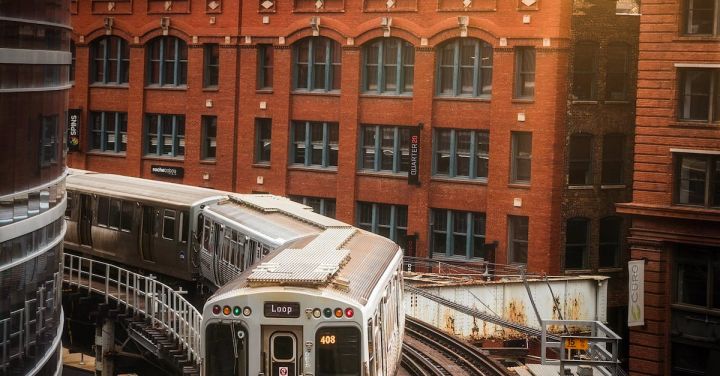The world of transportation is constantly evolving, and one area that has seen significant advancements in recent years is railway tracks. Traditionally, railway tracks have been made of steel and laid out in a straight line. However, engineers and researchers are now reinventing railway tracks to make them more efficient, sustainable, and adaptable to the needs of the future.
One of the most promising developments in railway tracks is the use of alternative materials. Steel tracks have been the standard for decades, but they are not without their drawbacks. Steel is heavy, expensive to produce, and requires regular maintenance. In contrast, new materials like composite materials, such as carbon fiber or glass-reinforced polymer, offer a lightweight and durable alternative. These materials are also resistant to corrosion and require less maintenance, making them more cost-effective in the long run.
Another area of innovation in railway tracks is the incorporation of smart technology. By integrating sensors and communication systems into the tracks, it is possible to monitor and gather real-time data on track conditions, such as temperature, stress levels, and wear and tear. This information can then be used to predict maintenance needs, prevent accidents, and optimize train operations. For example, if a section of track is experiencing increased stress levels, trains can be rerouted to avoid that area, reducing the risk of track failure.
One of the challenges that railway tracks face is adapting to changing weather conditions. Extreme temperatures, heavy rainfall, and snow can all affect the performance and safety of the tracks. To address this issue, researchers are exploring the use of self-healing materials for railway tracks. These materials have the ability to repair cracks and damage caused by weather conditions, ensuring the tracks remain in good condition and reducing the need for frequent repairs.
In addition to alternative materials and smart technology, the future of railway tracks also involves reimagining their design. Traditional tracks are laid out in a straight line, but this limits their flexibility and efficiency. New track designs, such as curved tracks and modular tracks, offer more flexibility and allow for smoother and faster train operations. Curved tracks, for example, can reduce the need for sharp turns, reducing wear and tear on the tracks and improving passenger comfort.
Furthermore, modular tracks, made up of smaller sections that can be easily replaced or reconfigured, offer greater adaptability. This means that tracks can be easily extended or modified to accommodate changes in demand or to connect previously unconnected areas. Modular tracks also make it easier to incorporate new technologies, such as magnetic levitation (maglev) systems, which have the potential to revolutionize train travel by eliminating friction and allowing for faster speeds.
In conclusion, the future of railway tracks is bright and filled with exciting possibilities. Alternative materials like composite materials offer lightweight and durable solutions, while smart technology allows for real-time monitoring and optimization. Self-healing materials and innovative track designs ensure tracks can withstand changing weather conditions and adapt to the needs of the future. As we continue to reinvent railway tracks, we can look forward to a more efficient, sustainable, and connected transportation system.
